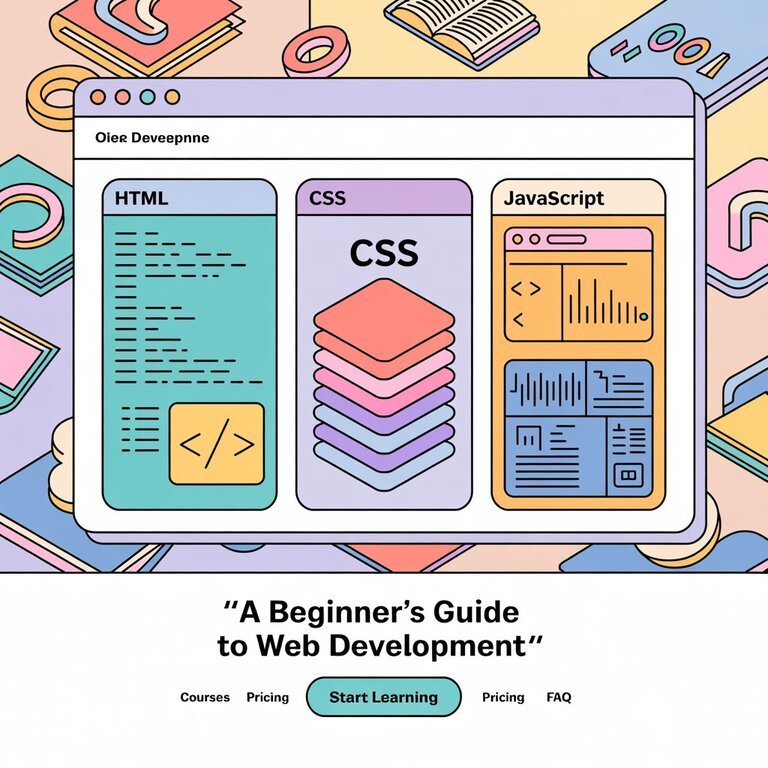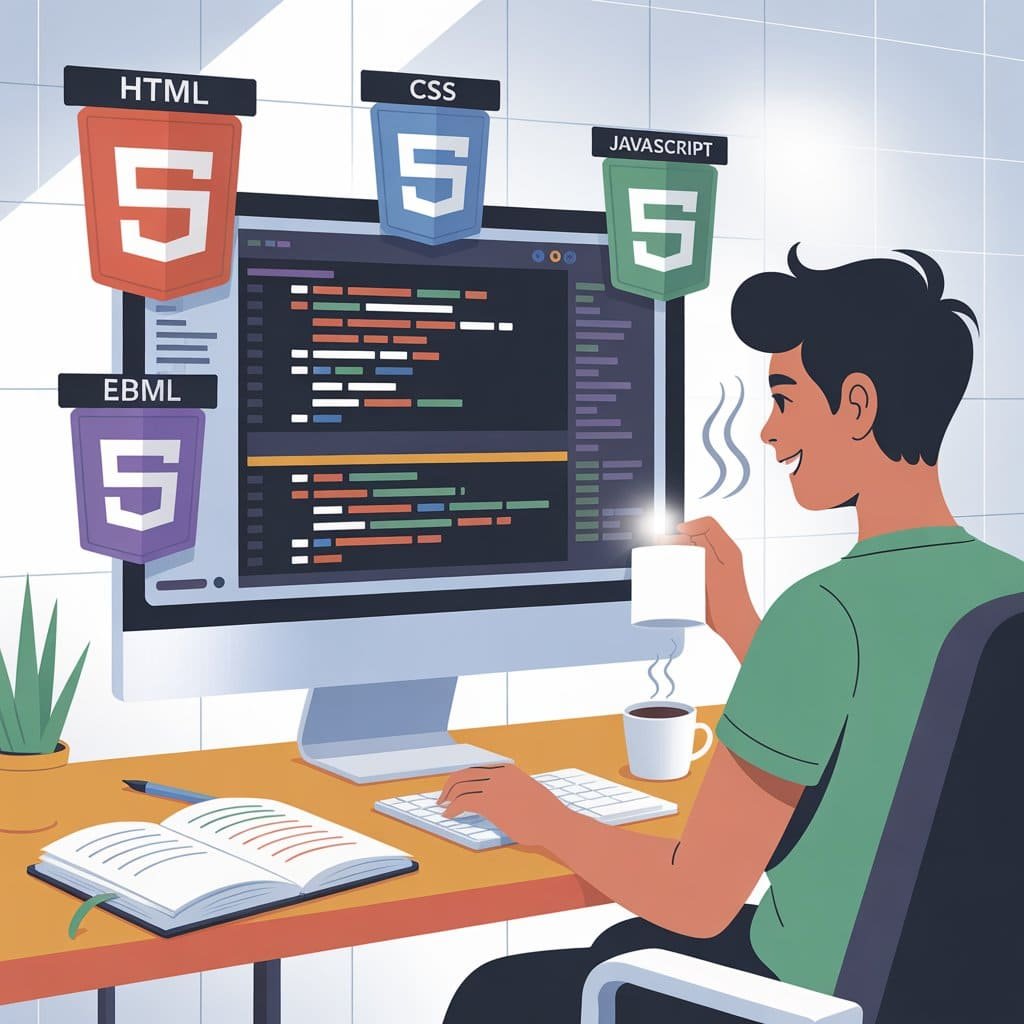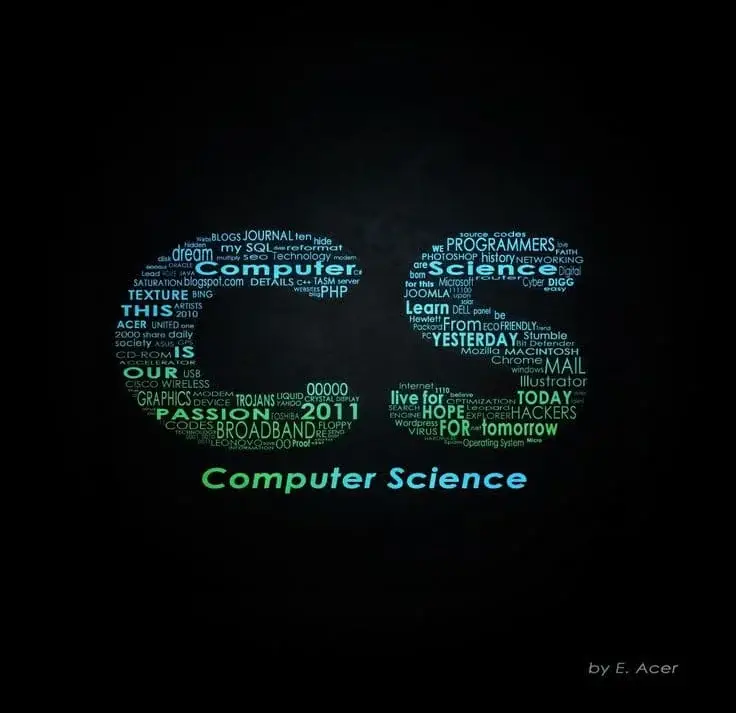
There are very few things that are as challenging and interesting as web development in terms of creativity and technically skilled labor in the construction of functional, attractive and interactive websites. The three core technologies that lie at the center of this process are HTML, CSS, and JavaScript. Without these three languages, the front-end web development would not be meaningful. Therefore, for the would-be modern website creators, it is indispensable. The present blog talks on all these technologies, their roles, and how they work in collaboration while teaching how a beginner can jumpstart on each of them.

HTML: The Backbone of Web Pages
HTML (Hypertext Markup Language) specifies the structure and content of web pages. It uses elements like headings (<h1>), paragraphs (<p>), images (<img>), links (<a>), and lists (<ul> or <ol>) for organizing information. Semantic tags like <header>, <footer>, and <article> improve accessibility and SEO because they give meaning to the content. In essence, HTML is the skeleton of a website.
CSS: Styling Your Website
CSS (Cascading Style Sheets), the other part of the puzzle, is used to control the visual presentation of what is on the web page. It lets developers manipulate the colors, fonts, spacing, layouts, and responsive designs of a web page. There are three ways of applying CSS: inline, internally, or externally by means of a .css file. With Flexbox and Grid, different techniques are used to construct intricate designs, while media queries enable a website to be responsive across various screen sizes.
The Interactive Feature of JavaScript
Dynamic interactivity on a website is truly enhanced by the use of Java, and it makes possible functions such as: form validations, animations, pop-up messages, and even real-time updates without reloading the entire page. But JavaScript also communicates with HTML through DOM manipulation methods and keeps track of events that users may trigger using either mouse clicks or keyboard presses. The high-end usages include production of games and the production of external data using APIs.
These three languages complement each other:
For example:
This combination creates seamless user experiences.
Example of a small project would be making a personal portfolio site or a simple calculator.

Online Courses:
Documentation:
HTML, CSS, and JavaScript form the triplet which created today’s web development. All beginners can master these technologies gradually, creating websites functional and aesthetically appealing. Whether coding as a hobby or pursuing a career in this industry, it opens up unlimited horizons for opportunities in the digital world. Start small, keep practicing, and do a bit of innovative projects to sharpen your skills!






Ghulam Ahmad is an Excellent Writer, His magical words added value in growth of our life. Highly Recommended
- Irfan Ahmad Tweet




3 Responses
you are in reality a just right webmaster The site loading velocity is incredible It seems that you are doing any unique trick In addition The contents are masterwork you have performed a wonderful task on this topic